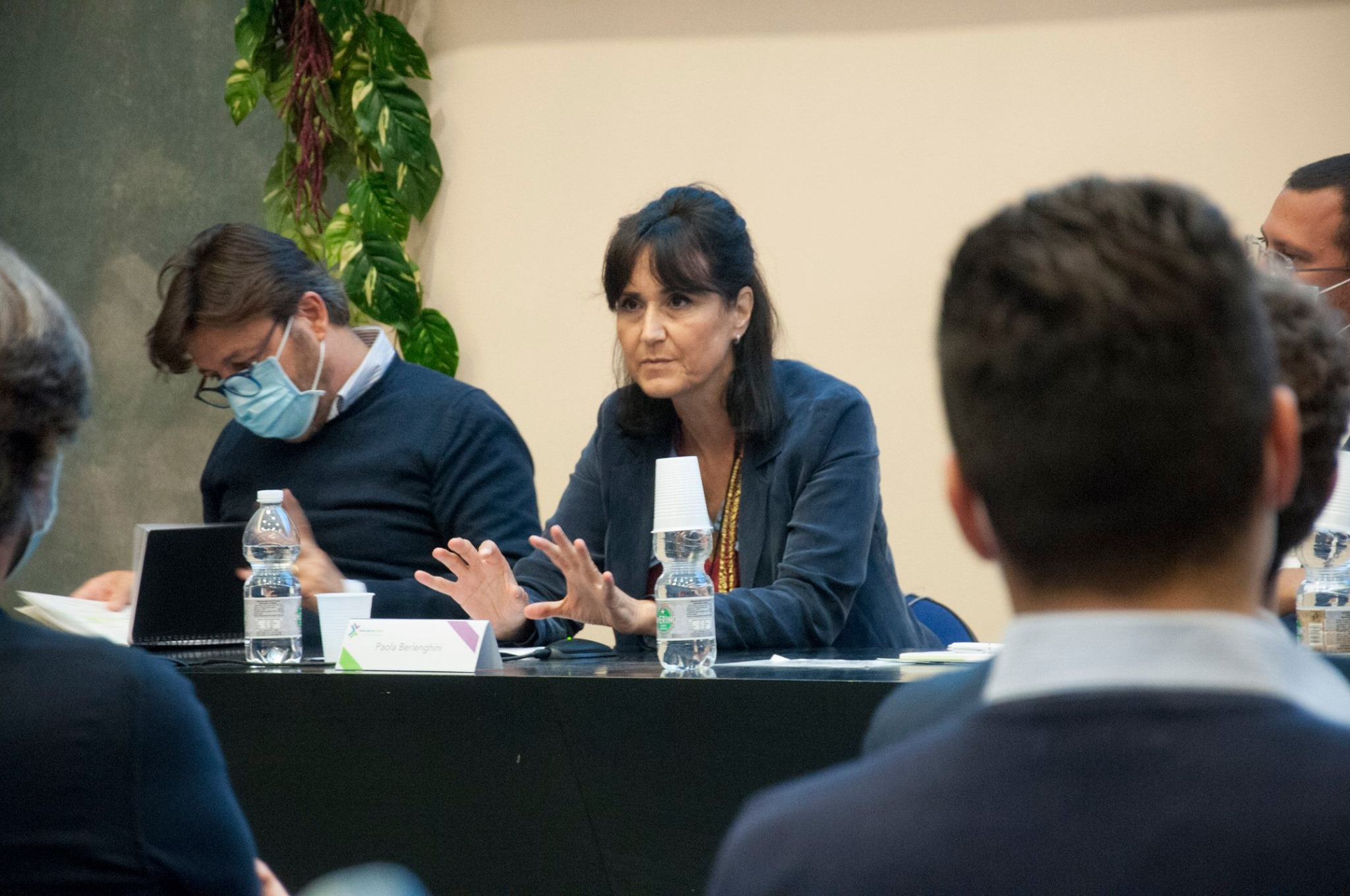Terni Digital Week www.ternidigitalweek.com 26th Sept 2020 TERNI Chamber of Commerce
After the era of DREAMS, we have been thrown into the era of NEEDS: water, nature, food, services. SAFETY (need for healthy environments, not polluted, not densely populated), ROOTS (need for reference points, identity), TIME and FEELINGS (living in the countryside or in a village, working remotely, allows you to optimize time, reduce the frenetic pace of the post-industrial era and live more in the family), SAVE TIME and MONEY (life in the city has higher costs). The promised DREAM turned out to be ALIENATION. Here then the bucolic ESCAPES from the cities: Manhattan to the hinterland or New Jersey; London towards the Scottish or English countryside, in France over 3 million second homes in the countryside are reopening. In Italy more and more people need to escape from the cities for medium-long time to Umbrian, Tuscan or Langhe farmhouses. These are mainly professionals and entrepreneurs, but feeling the need for a NEW LIFE also involves the middle class, it also attracts the youngest: tens of thousands of new subscribers to the Coldiretti and Confagricoltura website, candidates for agricultural jobs, 90% Italian, between 30 and 60 years, students and graduates who have also returned from abroad.
THE HOUSE of the PAST: Homes designed to alienate people, physically and mentally captured in the productive meat grinder, HOMES for SINGLE, not to meet, limited socialization. Compact houses and apartments, insufficient small living spaces, MICRO-HOUSES / HUMAN HIVES
THE HOUSE of the FUTURE: architects Stefano Boeri and Fuksas find inspiration in the development projects of old villages and from the villages you learn how the graceful and moderate urbanization had been adapted to the environment that welcomed it. Keywords are WIDENING, creating wider areas (for distancing), OPEN, GREEN, NATURAL, pedestrian and cycle paths, condominium areas to SOCIALIZE, meet, welcome innovative forms of ART and ENTERTAINMENT (CONCERTS and EXHIBITIONS in the COURTYARD, PROJECTION on the FACADES , DIFFUSED SMALL HOTELS). Trees inside the houses, tree houses, the house on the water, the detached house. The demand for VILLAS / HOUSES with terraces, views and gardens, bright and larger, with glass walls, ECO SUSTAINABLE, REDUCED MANAGEMENT COSTS, renewable energy sources, MULTIFUNCTIONAL and MODULAR SPACES, which can be separated by mobile walls, is GROWING by 9.3% houses that can become a place of work, study, loved ones, gyms. PRIVACY and SECURITY bring home BORDERS back into fashion, overcoming open spaces. New or historic houses, modular, hi-tech, touch, easily sanitized, where GREEN has its centrality (it is not only an ornament, but also psychophysical well-being, as plants stimulate creativity and concentration, help to absorb electrostaticity emitted by PC, TV, electrical systems, destroy bacteria, dust, allergens). The STAIRS are rediscovered, useful for physical exercise, in spite of the elevators, places of possible contamination. Materials: glass, wood, bricks, abolition of barriers, essentiality
The FUTURE is in the PAST - the OLD VILLAGES: the future is in the collaboration between entrepreneurs, investors and local administrators who work together to repopulate abandoned areas, small villages, depopulated minor art centers, restoring and recovering historical or cultural buildings, protecting the distinctive elements of the identity of the place, making homes smart and green, equipping the villages with fast connections, digital stations and call rooms, museums, concert houses, film screenings on the facades of buildings, places to attract young professionals, artisans, artists, small entrepreneurs and convince them to stay there among the hills, the olive groves and the vineyards, the fields, to develop projects of healthy, safe, slow, green life. To make hamlets and villages like places of experimentation, wellness, cultural and business projects.
